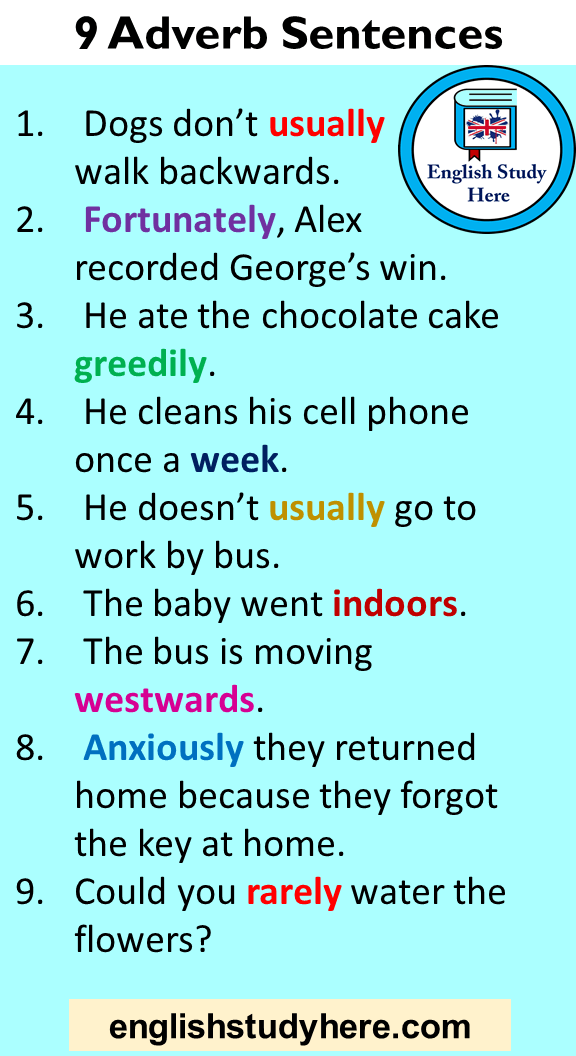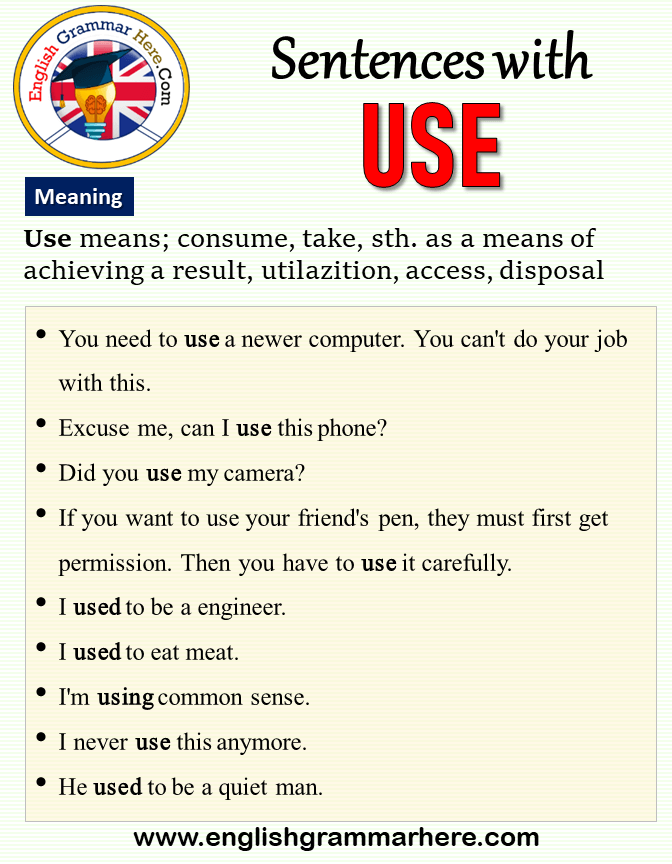
In conclusion, the knowledge of sentence structures makes it easy for language users to break down confusing sentences and disambiguate difficult sentences.

Many people find this administration frustrating in recent times. SVOCA (subject, verb, object, complement, adjunct) We considered the act downright ridiculous. The students made the event so colourful. SVOO (subject, verb, indirect object, direct object) Having expatiated on the elements of a sentence, the remainder of the piece will present eight basic clause types which are derivable from these sentence elements: Where (adjunct) does (verb) Kunle (subject) stay (verb)?-question Kunle (subject) stays (verb) here (adjunct).-statement For instance, an adjunct can be used to change a declarative sentence (statement) to an interrogative sentence (question): Inversion involves the use of adjuncts to change the structural form of a sentence. Soon (adjunct 1), the man (subject) will declare (verb) his intention (object) publicly (adjunct 2). Multiplicity implies that a clause can have one or more adjuncts, as depicted in the accompanying example sentence: Mobility implies that an adjunct can move from one part of a sentence to another, as evidenced in the sentences below: Having established that, it is essential to affirm that adjuncts exhibit three major characteristics, namely mobility, multiplicity, and inversion. The boys (subject) moved (verb) quietly (an adjunct of manner). They (subject) arrived (verb) now (an adjunct of time). Examples of sentences with adjuncts are shown below:įemi (subject) lives (verb) there (an adjunct of place). The adjunct gives circumstantial information about time, place, reason, purpose, condition, concession, degree, manner, frequency, and whatnot. The last of the elements of a sentence is the adjunct. This is why they are labeled object complements. In the examples cited above, ‘our leader’ refers to the object, ‘Titi’, whereas ‘quite interesting’ describes the object, ‘game’. This is because the object complement talks more about the object, just as the subject complement completes the meaning of the subject. It should be noted that there has to be an object in a sentence before there can be an object complement.

The children (subject) found (verb) the game (object) quite interesting (object complement). We (subject) made (verb) Titi (object) our leader (object complement). My students (subject) are (verb) very diligent (subject complement). Read Also: Clarifying misconceptions about verbsĭr GAB (subject) is (verb) a teacher (subject complement). The complement can be a noun or its equivalent, or an adjective, as illustrated below: As the name implies, it completes the meaning of a subject or an object. The complement is the element of a sentence that tells more about the subject or the object. The man (subject) gave (verb) his friend (indirect object) a book (direct object). The direct object is the direct sufferer of the action of a verb, and it is usually an inanimate noun, while the indirect object is usually an animate noun that serves as the recipient/receiver of the direct object:

Moving on, the object could be direct or indirect. Kunle (subject) killed (verb) the goat (object). A verb is transitive when its action is transferred to something or someone. The object deals with any noun or its equivalent that receives the action of a transitive verb. The child (subject) could have been being beaten (verb). The verb of a sentence can be generated by one to as many as six verbs, as illustrated below: A verb shows the proposition conveyed in a sentence in terms of action, state or process. It is usually at the beginning of a sentence, and it is generated by a noun or any of its equivalents, such as a pronoun, a noun phrase, or a noun clause.
/sentence_types.011-56a2af243df78cf77278c92e.jpg)
The subject is the performer of an action or the agent of the verb. The five-sentence elements are subject, verb, object, complement, and adjunct (SVOCA). On the strength of the foregoing, the rest of this treatise will discuss the five-sentence elements, the word classes that generate them, and the basic sentence types in English. The knowledge of these sentence elements, as well as the basic sentence types they can generate, is quite essential to language use, especially in written form. Words are not arbitrarily arranged they follow specific orders and are grouped within sentence elements. The knowledge of permissible structures and word order is crucial for anyone who desires to speak and write a language confidently. The ability to use language proficiently transcends the natural acquisition which everyone is endowed with.


 0 kommentar(er)
0 kommentar(er)
